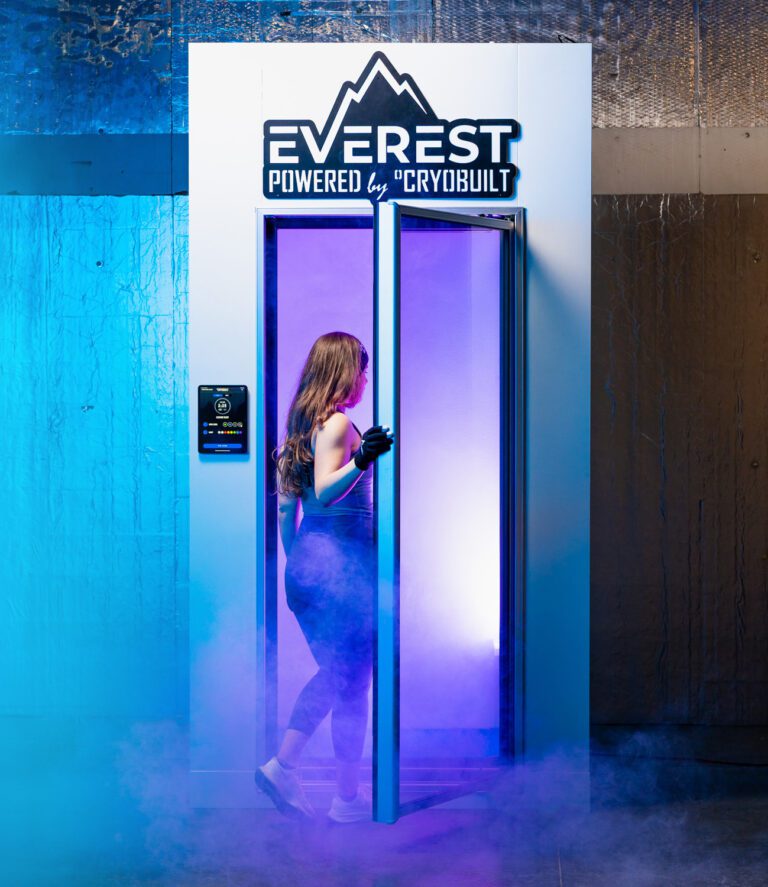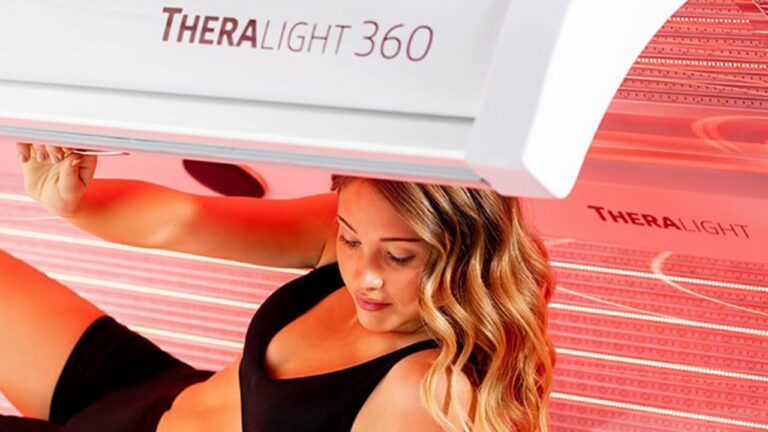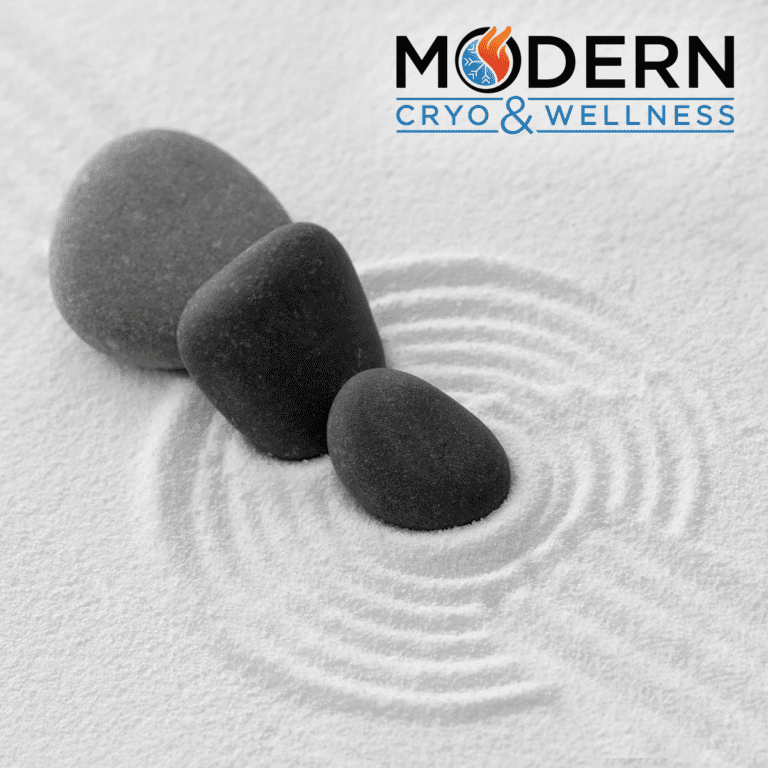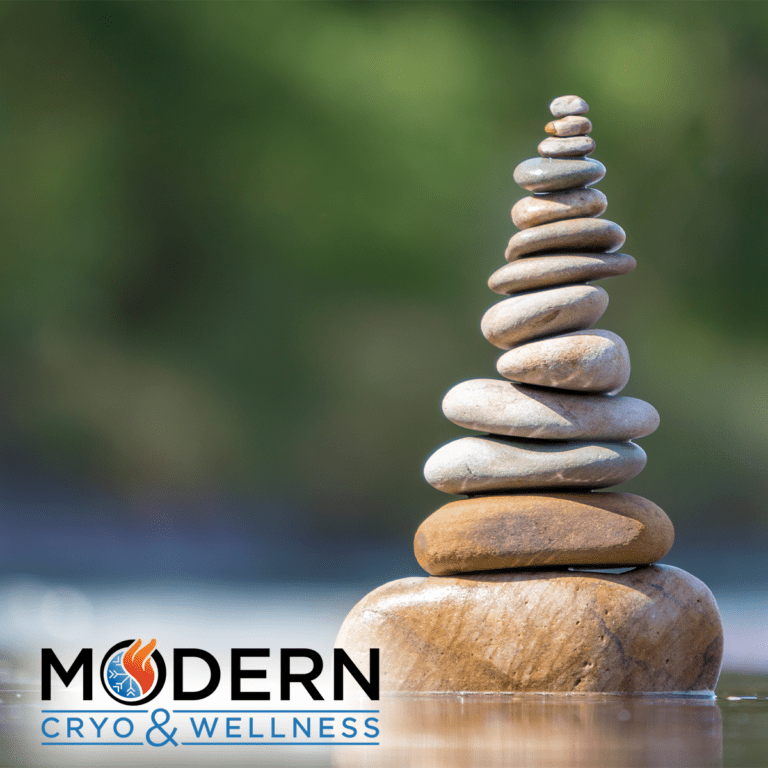What Is Cryotherapy
Cryotherapy is an increasingly popular form of therapy that involves exposing the body to extremely low temperatures. It is believed to work by reducing inflammation, promoting healing, and providing relief from pain and discomfort in this article we will explore the benefits and potential risks of cryotherapy, for those interested in trying this form of therapy.
Benefits of Cryotherapy
Cryotherapy is often touted as an effective and safe treatment for many conditions, including arthritis, migraines, and chronic pain. It’s also believed to help with muscle soreness, reduce inflammation in the body, and even increase energy levels. However, it’s important to be aware of the potential risks associated with cryotherapy. These include skin damage from extreme cold, and potential adverse reactions in people with existing medical conditions.
Cryotherapy is thought to also help speed up recovery time from injury or illness. It can also be used as a form of stress relief and relaxation and is believed to have several other health benefits including improved skin tone and texture, boosted mood, reduced fatigue, and even weight loss.
Cryotherapy has become increasingly popular amongst athletes and celebrities to reduce inflammation and speed up recovery from injuries and workouts. It can also be used by those looking to improve their overall health and wellbeing. Ultimately, cryotherapy is a safe, effective and non-invasive form of therapy that can provide numerous benefits.






